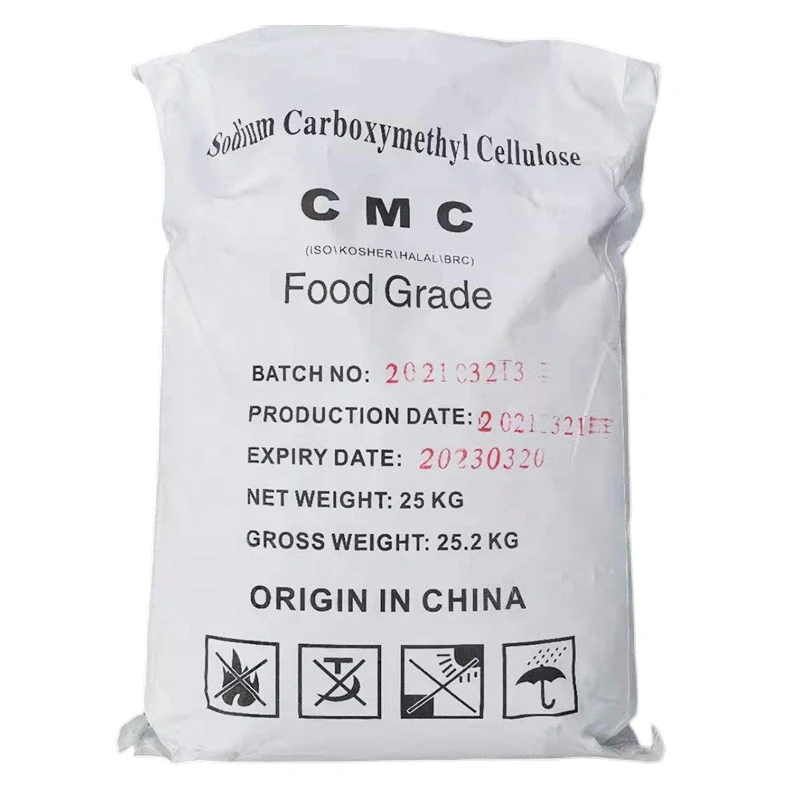



Exploring the Role of Sodium Hydroxide in Soap Making Processes and Techniques
The Use of Sodium Hydroxide in Soap Making
Sodium hydroxide, commonly known as lye, is an indispensable ingredient in the art of soap making. It is a powerful alkali that plays a crucial role in the saponification process, which is the chemical reaction that transforms oils and fats into soap. Understanding the role of sodium hydroxide is essential for both amateur and professional soap makers, as it not only contributes to the soap's cleansing properties but also affects the product's texture, lather, and overall quality.
The Saponification Process
At its core, saponification is a process that occurs when fatty acids from oils and fats react with an alkali, such as sodium hydroxide. When sodium hydroxide is mixed with water, it dissolves to form a strong alkaline solution. This lye solution is then combined with the chosen oils or fats, initiating the saponification reaction. This process breaks down the triglycerides present in the oils, resulting in the formation of glycerin and soap.
It is important to note that accurate measurements are pivotal in soap making. The ratio of sodium hydroxide to oils must be carefully calculated based on the specific properties of the oils being used. If the lye content is too low, the soap will be greasy and ineffective, lacking the desired cleaning properties. Conversely, too much lye can make the soap caustic and harsh on the skin. Therefore, it’s crucial to use a reliable lye calculator to determine the correct amount of sodium hydroxide for any given recipe.
Safety Considerations
use of sodium hydroxide in soap

Working with sodium hydroxide requires careful safety precautions. As a highly corrosive substance, it can cause severe burns upon contact with skin and damage to the eyes. Therefore, personal protective equipment, including gloves, goggles, and long-sleeved clothing, is essential. Additionally, it’s important to work in a well-ventilated area when mixing lye with water, as the reaction can produce heat and fumes.
Benefits of Using Sodium Hydroxide
One of the main advantages of using sodium hydroxide in soap making is its ability to create a wide range of soap types. Different oils yield different properties in the final product, such as hardness, moisturizing effects, and lather quality. For example, incorporating oils like coconut or palm oil can enhance the lather, while olive oil contributes to a moisturizing effect. By adjusting the combination of oils and the corresponding amount of lye, soap makers can create customized soaps that meet specific skin types and preferences.
Furthermore, sodium hydroxide also acts as a preservative in soap, helping to extend its shelf life. The saponification reaction effectively neutralizes the oils, minimizing the risk of rancidity often seen in handmade products that contain raw oils. This stability is particularly beneficial for those who produce soap for commercial sale.
Conclusion
In conclusion, sodium hydroxide is a critical component in the soap making process, enabling the transformation of oils and fats into usable soap. Understanding its role in saponification, the importance of precise measurements, and safety precautions are all essential for anyone venturing into this craft. With careful handling and the right formulations, the use of sodium hydroxide allows soap makers to create luxurious, effective, and custom products that cater to a variety of needs. Whether for personal use or commercial endeavors, mastering the use of sodium hydroxide is a cornerstone in the art of soap making.
-
Why Sodium Persulfate Is Everywhere NowNewsJul.07,2025
-
Why Polyacrylamide Is in High DemandNewsJul.07,2025
-
Understanding Paint Chemicals and Their ApplicationsNewsJul.07,2025
-
Smart Use Of Mining ChemicalsNewsJul.07,2025
-
Practical Uses of Potassium MonopersulfateNewsJul.07,2025
-
Agrochemicals In Real FarmingNewsJul.07,2025
-
Sodium Chlorite Hot UsesNewsJul.01,2025










